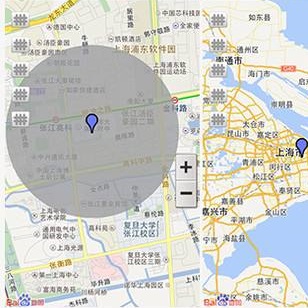Highly dynamic environments, with moving objects such as cars or humans, can pose a performance challenge for LiDAR SLAM systems that assume largely static scenes. To overcome this challenge and support the deployment of robots in real world scenarios, we propose a complete solution for a dynamic object aware LiDAR SLAM algorithm. This is achieved by leveraging a real-time capable neural network that can detect dynamic objects, thus allowing our system to deal with them explicitly. To efficiently generate the necessary training data which is key to our approach, we present a novel end-to-end occupancy grid based pipeline that can automatically label a wide variety of arbitrary dynamic objects. Our solution can thus generalize to different environments without the need for expensive manual labeling and at the same time avoids assumptions about the presence of a predefined set of known objects in the scene. Using this technique, we automatically label over 12000 LiDAR scans collected in an urban environment with a large amount of pedestrians and use this data to train a neural network, achieving an average segmentation IoU of 0.82. We show that explicitly dealing with dynamic objects can improve the LiDAR SLAM odometry performance by 39.6% while yielding maps which better represent the environments. A supplementary video as well as our test data are available online.
翻译:汽车或人等移动物体的高度动态环境,可以对使用基本静态场景的LiDAR SLAM系统构成功能挑战。为了克服这一挑战并支持在现实世界情景下部署机器人,我们为动态物体提出了一个了解LiDAR SLAM算法的完整解决方案。这是通过利用一个实时的、能探测动态物体的神经网络来实现的,这种网络可以探测到动态物体,从而使得我们的系统能够明确地处理这些物体。为了有效地生成必要的培训数据,这是我们方法的关键,我们提出了一个基于终端到终端的管道,可以自动标出各种任意动态物体的标签。因此,我们的解决方案可以将这种解决方案推广到不同的环境,而不需要昂贵的手工标签,同时避免假设现场存在一套预先定义的已知物体。我们利用这一技术,自动标出在城市环境中收集的2000年以上的LiDAR扫描,从而可以明确处理一个神经网络,从而实现平均分解 IoU。我们表明,与动态物体进行明确处理可以改进LiDAR SLAM Odorology的改进了各种动态物体,而我们可以用39.6%的在线数据测试环境作为在线数据。




